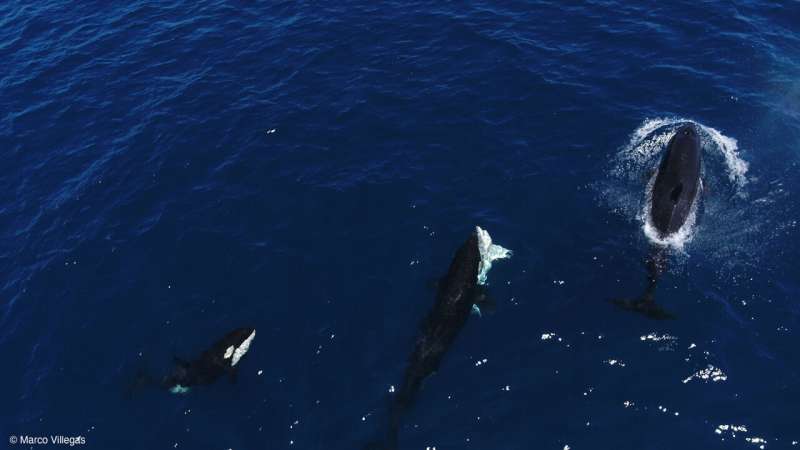A recent study from the University of California, San Diego has identified a crucial factor influencing global crop vulnerability: the origins of rainfall. Published in Nature Sustainability, the research indicates that understanding whether rainfall originates from oceanic or terrestrial sources could significantly enhance predictions of drought risks for farmers.
Understanding Rainfall Sources
The study, titled “Crop water origins and hydroclimate vulnerability of global croplands,” was authored by Yan Jiang, a postdoctoral scholar at UC San Diego, along with co-author Jennifer Burney from Stanford University. The research traces atmospheric moisture back to its sources, revealing a stark contrast between ocean-sourced moisture, which travels long distances and often delivers heavy rainfall, and land-sourced moisture, which generally leads to less reliable precipitation.
Jiang explained, “Our work reframes drought risk—it’s not just about how much it rains, but where that rain comes from.” This shift in perspective offers policymakers and farmers a valuable tool for anticipating and mitigating drought stress before it occurs.
Using nearly two decades of satellite data, the researchers found that when over one-third of rainfall is derived from land evaporation, croplands face heightened vulnerability to drought. This is primarily because ocean-sourced weather systems are typically more robust and dependable than their land-based counterparts.
Identifying Vulnerable Regions
The findings spotlight two notable areas at risk: the U.S. Midwest and East Africa. In the Midwest, drought conditions have intensified in recent years, impacting one of the world’s most productive agricultural zones. Jiang remarked, “The Midwest’s high reliance on land-sourced moisture could amplify droughts through what we call ‘rainfall feedback loops.’ When the land dries out, it reduces evaporation, which in turn reduces future rainfall, creating a self-reinforcing drought cycle.” This has implications not only for local farmers but also for global grain markets.
In contrast, East Africa’s situation is precarious due to rapid cropland expansion and deforestation, which threaten the moisture sources necessary for sustaining rainfall. Jiang noted, “Farmers are clearing forests to grow more crops, but those forests help generate the rainfall that the crops depend on. If that moisture source disappears, local food security will be at greater risk.” He emphasized the need for smarter land management practices to protect these vital ecosystems.
While challenges abound, Jiang remains optimistic. “Eastern Africa is on the front line of change, but there is still time to act. Smarter land management—like conserving forests and restoring vegetation—can protect rainfall and sustain agricultural growth,” he stated.
This research not only highlights the significance of forest ecosystems in maintaining agricultural productivity but also presents a new framework for understanding the interplay between land management, rainfall patterns, and crop planning. The innovative satellite-based mapping technique introduced could aid governments and farmers in making informed decisions regarding irrigation, soil water conservation, and forest protection.
As the global climate continues to shift, understanding the origins of rainfall may become increasingly vital for ensuring food security and promoting sustainable agricultural practices worldwide. The study underscores the essential role that natural ecosystems play in farming and the urgent need to protect them in the face of growing environmental challenges.







